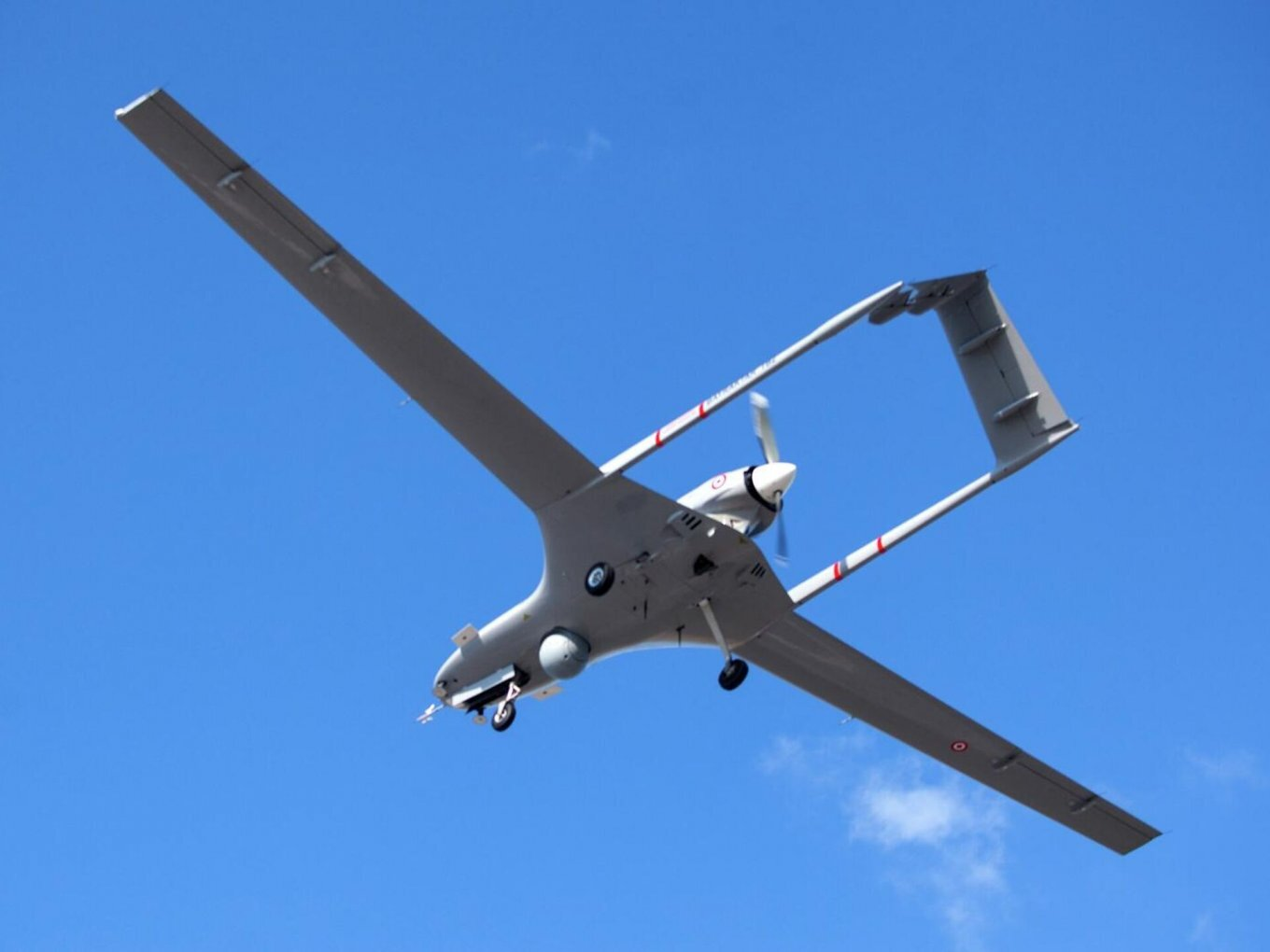
Scientists at the University of California, Berkeley, inspired by nature and bees, have successfully developed a stunning flying robot.
This flying robot can be regarded as the smallest wireless robot in the world that can achieve controllable flight. Its size is extremely small, with a diameter of less than 1 centimeter and a weight as light as only 21 milligrams.
Such a small size demonstrates enormous potential for applications in various fields, such as artificial pollination, exploring tiny spaces inside pipelines, and other complex environments.
However, achieving the normal operation of such a small-sized device is not an easy task. Due to its small size, conventional devices such as batteries and electronic controls cannot be equipped. Faced with this challenge, the research team cleverly used an external magnetic field to power the device and precisely control the robot's flight path.
Its appearance resembles a small propeller, with two small magnets built in. When an external magnetic field is applied, these two small magnets will enable the propeller to start rotating, allowing this small robot to fly off the ground.
Of course, the current robot still has certain limitations in terms of control, requiring a strong magnetic field to achieve effective control.
However, the research team is not satisfied with this. They are planning to shrink it to within 1 millimeter, so that the weak magnetic field provided by radio waves will be sufficient for precise control of the robot.



